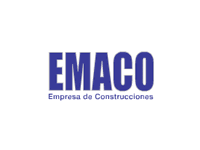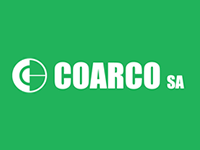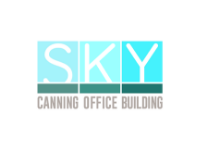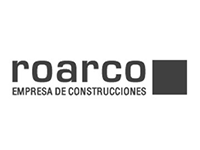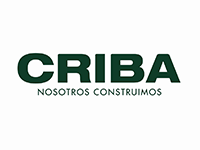Faster
Economical
Durable
Cellular Concrete Evolution
Learn all about the evolution of cellular concrete
If you cannot find the answer to your question, please contact us through our contact form, by clicking here.
Cellular concrete is an aerated cementitious mortar composed of fine aggregate, a binder and the incorporation of stable and uniform air molecules.
It is composed of fine sand, Portland cement, water and preformed foam.
Among its main advantages over traditional concrete, the following stand out:
- Speed of execution
- Workability
- Self-leveling property
- Reduction of dead weights
- Elimination of vertical and horizontal transport on site
- Greater cleanliness of the site
- Reduction of material consumption by 30%
- Thermal insulation
- Acoustic insulation
- Waterproof properties
In 1,600kg/m3 folders from 5cm onwards, resistances of 70kg/cm2 are obtained and in 800kg/m3 filled subfloors, resistances of approximately 25kg/cm2 are obtained.
Yes, it is normal as in all cementitious mortar. The activation principle of hydraulic cement, as the word says, is water. When it comes into contact with water, it begins its setting process, during which crystals that expand are formed. This process is also affected by temperatures, which cause floors composed of cement to expand and contract, and during these events micro cracks can form, which are completely normal.
Yes, there are options for this question. You can place lateral styrofoam bands around the perimeter as expansion joints, and you can also cut contraction joints, sealed with elastic polyurethane compounds, which absorb movements.
Yes, it is normal because it has air incorporated which is the main reason for a hollow sound.
No, the sound and the appearance of micro cracks in a cellular concrete slab have nothing to do with its adherence.
No, on filled subfloors, it is always necessary to subsequently install a cementitious slab, either pumped cellular concrete or traditional concrete.
Yes, it can be sloped up to 2% beyond its self-levelling tendency.
Cellular concrete has a tendency to self-level due to its fluidity, but even so, the correct application technique is necessary for it to dry properly.
The setting of the material will depend fundamentally on its density and the ambient temperature. But normally it will be completely set in 24 hours. Then, depending on whether it will be paved and/or waterproofed, the time that must be allowed for moisture loss will depend.
Yes, cellular concrete can be made and pumped with our machinery, with Styrofoam beads, where sand is replaced by beads.
Yes, it is possible to make cellular concrete without sand, using only cement, water and preformed foam, achieving very low densities with high coefficients of resistance to compression, only with the use of special foams.
The most commonly used densities are 1,600kg/m3 for monolithic layers and 800kg/m3 for lightweight filled subfloors.
We can produce and pump up to 50 m3 per day with our teams of workers and our machinery.
No, cellular concrete is not structural and cannot be used to make slabs.
Cellular concrete can only be used in non-load-bearing walls, with the addition of electro-welded mesh, anchored from floor to ceiling.
Cellular concrete is not suitable for plastering. For this purpose, there are different materials with a similar method, which we also carry out and we invite you to see in our Plastering and Sprayed Plaster section.
Although cellular concrete has water-repellent properties due to the incorporated air, it is not a waterproofing system. The appropriate products should always be used for each task. As in the previous case, we invite you to visit our waterproofing area.
Yes, our machinery works exclusively with three-phase energy, so if this current is not available directly from the supplier, an external electric generator can be chosen.
No, the foam is specially developed for the production of cellular concrete, and it does not damage the metal structures of the slabs, if they come into contact.
Yes, water repellent can be added to the cellular concrete in the mixing water.
On a cellular concrete slab, any type of ceramic, floating floors, interlocking floors, tiles, etc. can be placed. For the use of vinyl floors, the prior installation of a leveling compound is necessary.
It is not advisable and is not ideal to leave these surfaces exposed as a final finish. Although it has great resistance to compression, it does not have a surface hardness suitable for direct exposure to traffic without suffering surface damage.
You can use curing agents, surface hardeners, or simply following our recommendation of maintaining humidity in the layers for at least 5 days, the setting of the material is carried out in a much more appropriate way, achieving greater efficiency in the cement and therefore in the surface hardness.
No, cellular concrete layers are not suitable for vehicular traffic.
With our “ViTTo Pro” pumping equipment we can pump from the ground floor to the 25th floor (75m) without any inconvenience. Then we can continue re-pumping with our “Giulietta” machinery and so on, without limits!
They can be pumped up to 200 m horizontally without any problems.
Meet our clients
They trust in the evolution of cellular concrete
Contact us or request your quote

